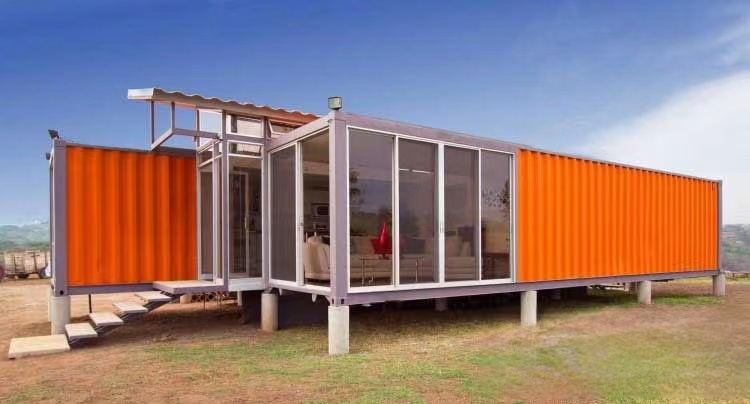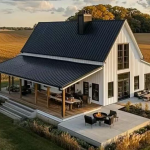Moblie: 8613816755915
Are there any special considerations for building a detachable container house in a cold climate
Living in cold climates can be a challenge, especially when it comes to finding suitable housing options. Detachable container houses offer a unique and efficient form of housing that can be a great solution for cold climates. They are often used as short-term housing solutions, but they can also be used as permanent dwellings in colder climates. So, what special considerations should you take into account when building a detachable container house in a cold climate?
Foundations
The foundations of your container home are also important in a cold climate. It is necessary to create a foundation that can resist the cold, especially in cold regions, otherwise it will affect the force and insulation of the upper structure. In addition, we need to take moisture-proof measures at the bottom of the foundation. The general method is to make a moisture-proof layer, and the specific thickness is determined according to the local conditions. Frozen soil exists underground in many areas, and it is necessary to excavate enough foundation depth to ensure the safety of the foundation. As for the material, you can consider cold-proof concrete, or add cold-proof additives.
Insulation
Insulation is essential when building a detachable container house in a cold climate. In order to keep the home warm, you will need to make sure that the container is well insulated. To combat this, you will need to invest in some high-quality insulation.
The heat insulation facilities of the detachable container house are generally rock wool sandwich panels for the wall and glass wool for the roof. The thickness of the insulation is determined according to the local cold conditions. The detachable container house of Solidehome is generally not less than 100mm, and even 200mm in some areas, and the density ranges from 30kg/m3 to 100kg/m3. The two dimensions of thickness and density Guarantee, so that the room can ensure that the heat is not lost.
Tightness
In cold regions, we must pay attention to the tightness of the house to avoid heat loss. Sealing measures should be taken for doors, windows and all gaps. Materials with good sealing performance should be considered when selecting materials. When processing in the factory, seamless connection between components must be ensured. When decorating the interior of the house, seal the possible gaps with sealant or other sealants. Solidhome must strictly control the gaps at the structural joints when processing products in cold regions, and seal them with sealing materials to ensure the tightness of the room.
Roof
The roof of a container home is also important in a cold climate. The most common type of roof for a container home is a metal roof. This is a good option as it is relatively easy to install, cost-effective, and durable. In cold climates it is important to ensure that the roof is properly insulated. This will help to prevent any heat from escaping and keep the inside of the house warm. we have to take snow removal into consideration, it is essential to take into consideration snow removal. Snow can quickly accumulate on the roof of the home and can cause damage if not removed. We must make a sloped roof to facilitate snow removal to prevent Snow accumulated on the roof.
Ventilation
Proper ventilation is an important consideration when building a detachable container house in a cold climate. Poor ventilation can lead to moisture and condensation build up, which can cause mold and mildew to grow. You should make sure that your home has adequate ventilation to prevent this from happening. This can be achieved through the use of vents, fans, or air exchangers. Additionally, you should ensure that there is proper air circulation throughout the home by opening windows and doors when possible.
Utilize Solar Energy
When building demountable container homes in cold climates, we learn to use solar energy. In cold regions, the use of sunlight, which can reduce household energy costs and keep the house warm, is more important than other regions. According to the specifications of your own house and the conditions of the area, you can put forward customized requirements when purchasing demountable container homes, and install solar panels on the roof to obtain the energy of the sun.
Conclusion
Building a detachable container house in a cold climate can be a challenging task. However, by taking into account the above considerations, you can ensure that your detachable container house is built to withstand even the harshest of cold climates.


